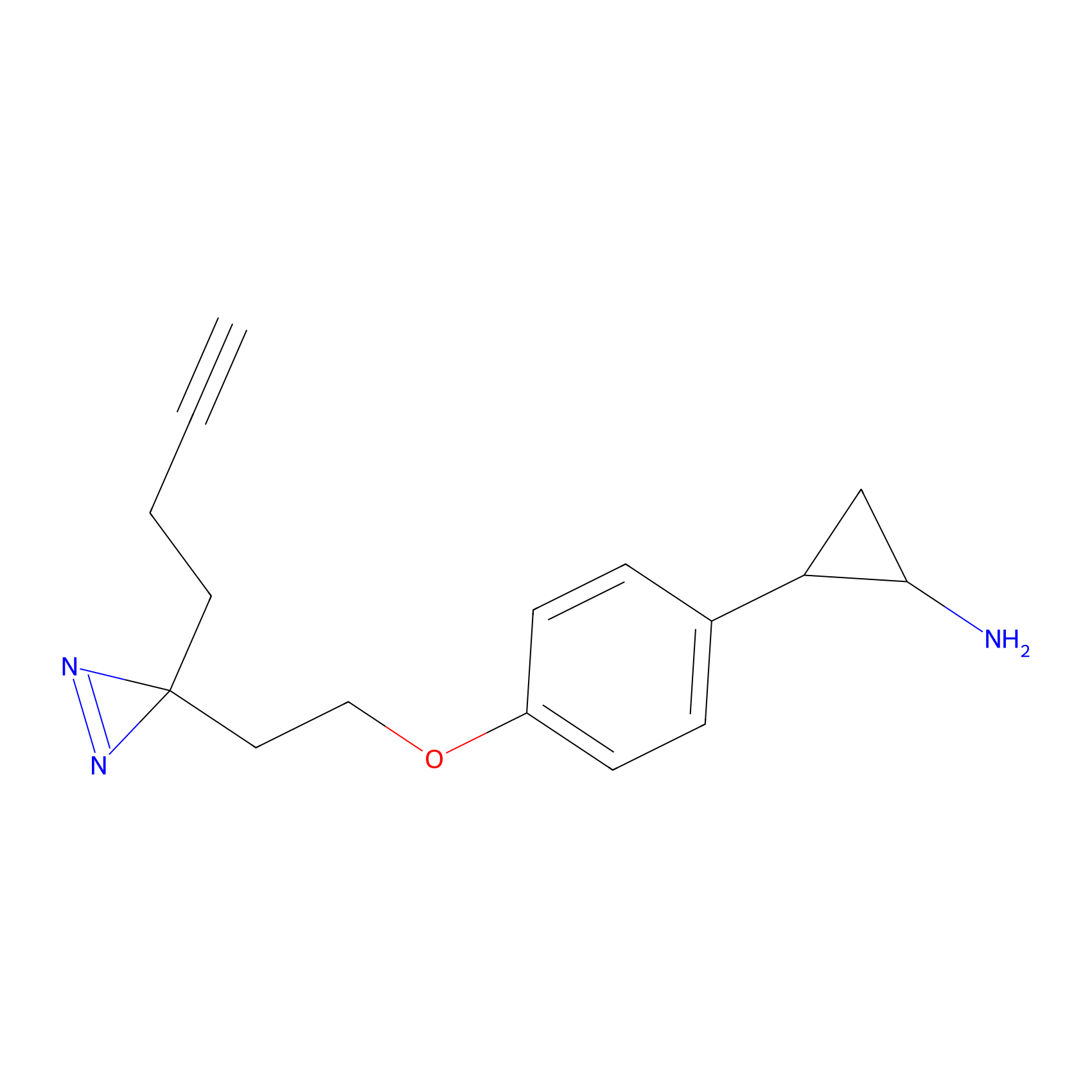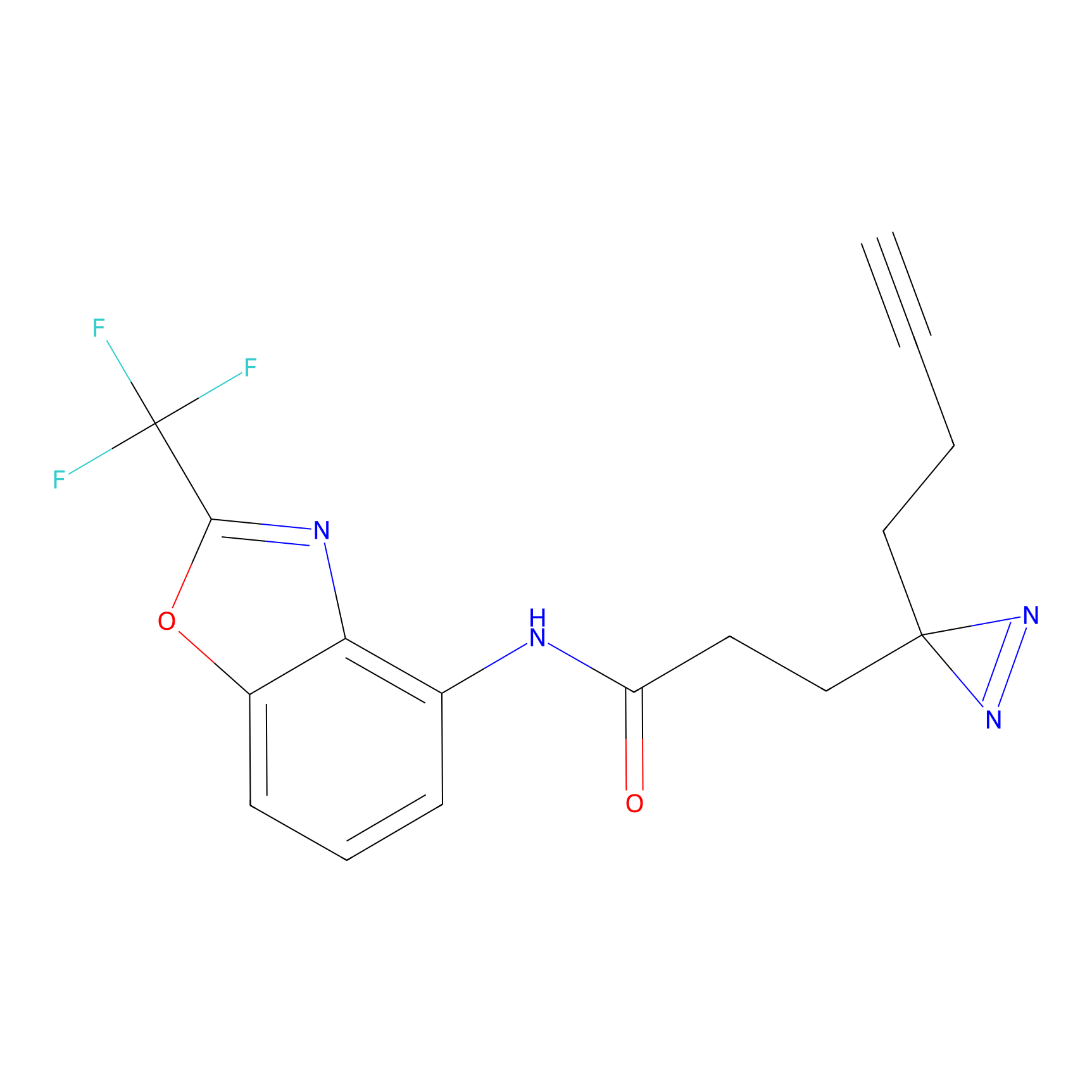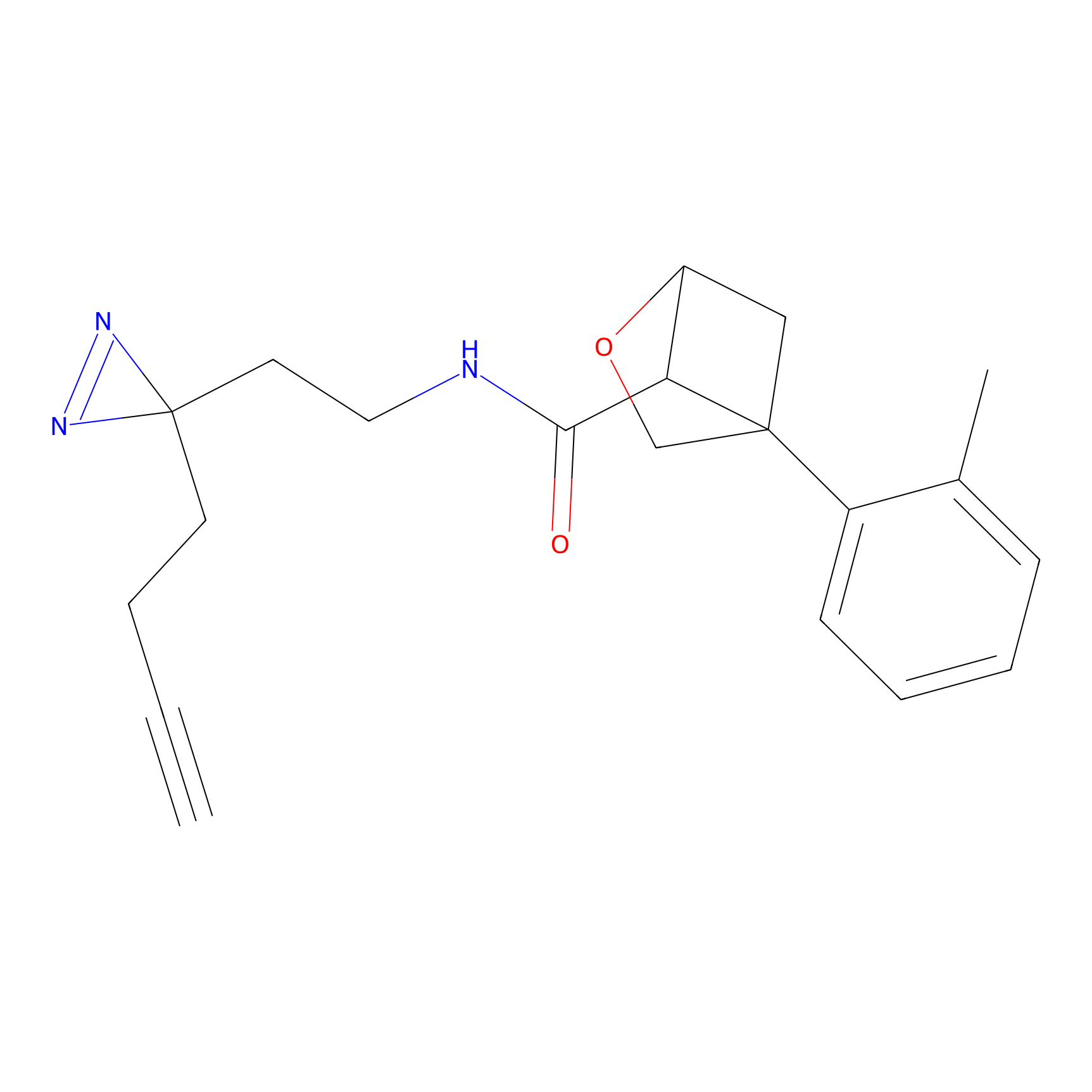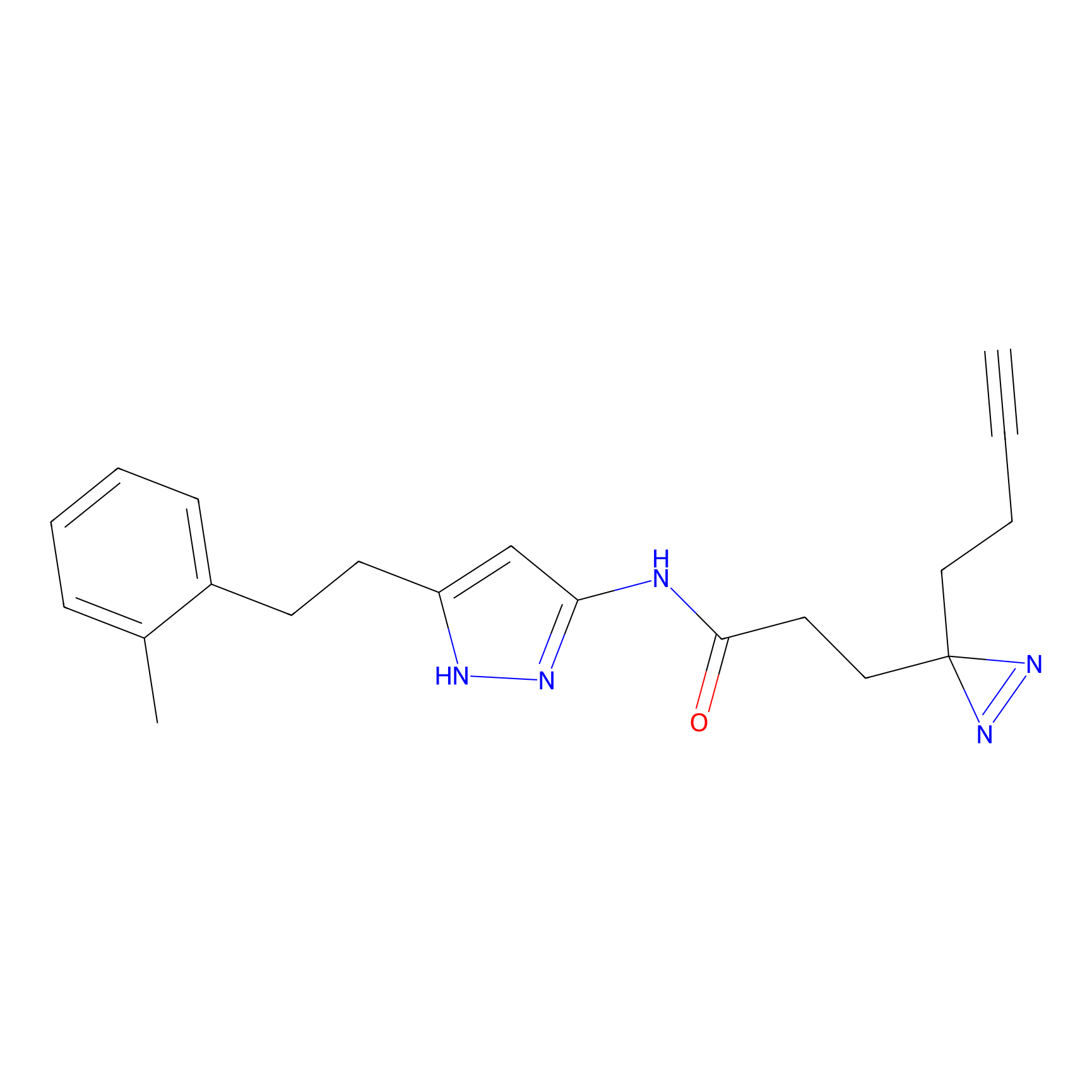Details of the Target
General Information of Target
| Target ID | LDTP13560 | |||||
|---|---|---|---|---|---|---|
| Target Name | Vang-like protein 2 (VANGL2) | |||||
| Gene Name | VANGL2 | |||||
| Gene ID | 57216 | |||||
| Synonyms |
KIAA1215; STB1; Vang-like protein 2; Loop-tail protein 1 homolog; Strabismus 1; Van Gogh-like protein 2 |
|||||
| 3D Structure | ||||||
| Sequence |
METQLQSIFEEVVKTEVIEEAFPGMFMDTPEDEKTKLISCLGAFRQFWGGLSQESHEQCI
QWIVKFIHGQHSPKRISFLYDCLAMAVETGLLPPRLVCESLINSDTLEWERTQLWALTFK LVRKIIGGVDYKGVRDLLKVILEKILTIPNTVSSAVVQQLLAAREVIAYILERNACLLPA YFAVTEIRKLYPEGKLPHWLLGNLVSDFVDTFRPTARINSICGRCSLLPVVNNSGAICNS WKLDPATLRFPLKGLLPYDKDLFEPQTALLRYVLEQPYSRDMVCNMLGLNKQHKQRCPVL EDQLVDLVVYAMERSETEEKFDDGGTSQLLWQHLSSQLIFFVLFQFASFPHMVLSLHQKL AGRGLIKGRDHLMWVLLQFISGSIQKNALADFLPVMKLFDLLYPEKEYIPVPDINKPQST HAFAMTCIWIHLNRKAQNDNSKLQIPIPHSLRLHHEFLQQSLRNKSLQMNDYKIALLCNA YSTNSECFTLPMGALVETIYGNGIMRIPLPGTNCMASGSITPLPMNLLDSLTVHAKMSLI HSIATRVIKLAHAKSSVALAPALVETYSRLLVYMEIESLGIKGFISQLLPTVFKSHAWGI LHTLLEMFSYRMHHIQPHYRVQLLSHLHTLAAVAQTNQNQLHLCVESTALRLITALGSSE VQPQFTRFLSDPKTVLSAESEELNRALILTLARATHVTDFFTGSDSIQGTWCKDILQTIM SFTPHNWASHTLSCFPGPLQAFFKQNNVPQESRFNLKKNVEEEYRKWKSMSNENDIITHF SMQGSPPLFLCLLWKMLLETDHINQIGYRVLERIGARALVAHVRTFADFLVYEFSTSAGG QQLNKCIEILNDMVWKYNIVTLDRLILCLAMRSHEGNEAQVCYFIIQLLLLKPNDFRNRV SDFVKENSPEHWLQNDWHTKHMNYHKKYPEKLYFEGLAEQVDPPVQIQSPYLPIYFGNVC LRFLPVFDIVIHRFLELLPVSKSLETLLDHLGGLYKFHDRPVTYLYNTLHYYEMHLRDRA FLKRKLVHAIIGSLKDNRPQGWCLSDTYLKCAMNAREENPWVPDDTYYCRLIGRLVDTMA GKSPGPFPNCDWRFNEFPNPAAHALHVTCVELMALAVSGKEVGNALLNVVLKSQPLVPRE NITAWMNAIGLIITALPEPYWIVLHDRIVSVISSPSLTSETEWVGYPFRLFDFTACHQSY SEMSCSYTLALAHAVWHHSSIGQLSLIPKFLTEVLLPIVKTEFQLLYVYHLVGPFLQRFQ QERTRCMIEIGVAFYDMLLNVDQCSTHLNYMDPICDFLYHMKYMFTGDSVKEQVEKIICN LKPALKLRLRFITHISKMEPAAVPPQAMNSGSPAPQSNQVPVSLPVTQ |
|||||
| Target Bioclass |
Other
|
|||||
| Family |
Vang family
|
|||||
| Subcellular location |
Cell membrane
|
|||||
| Function |
Involved in the control of early morphogenesis and patterning of both axial midline structures and the development of neural plate. Plays a role in the regulation of planar cell polarity, particularly in the orientation of stereociliary bundles in the cochlea. Required for polarization and movement of myocardializing cells in the outflow tract and seems to act via RHOA signaling to regulate this process. Required for cell surface localization of FZD3 and FZD6 in the inner ear.
|
|||||
| Uniprot ID | ||||||
| Ensemble ID | ||||||
| HGNC ID | ||||||
Probe(s) Labeling This Target
ABPP Probe
| Probe name | Structure | Binding Site(Ratio) | Interaction ID | Ref | |
|---|---|---|---|---|---|
|
FBPP2 Probe Info |
 |
2.17 | LDD0318 | [1] | |
|
DBIA Probe Info |
 |
C103(1.11) | LDD1492 | [2] | |
PAL-AfBPP Probe
| Probe name | Structure | Binding Site(Ratio) | Interaction ID | Ref | |
|---|---|---|---|---|---|
|
C287 Probe Info |
 |
18.51 | LDD1957 | [3] | |
|
C288 Probe Info |
 |
10.85 | LDD1958 | [3] | |
|
C289 Probe Info |
 |
29.86 | LDD1959 | [3] | |
Competitor(s) Related to This Target
The Interaction Atlas With This Target
References
